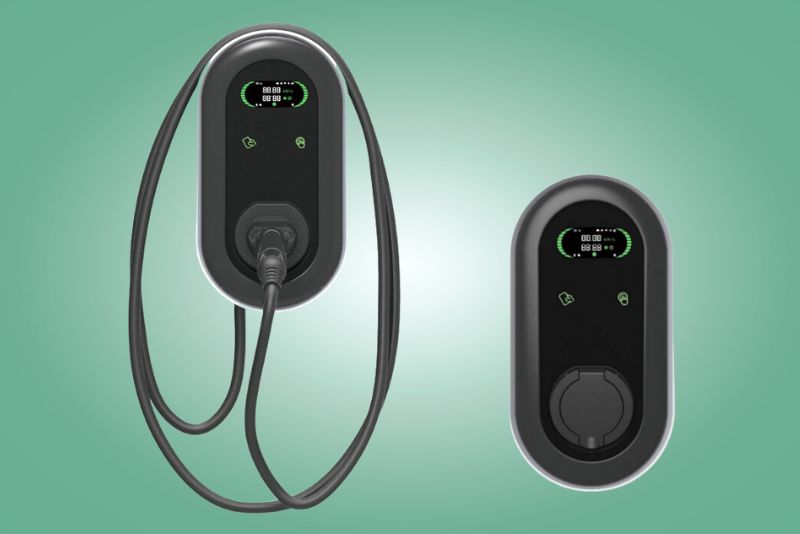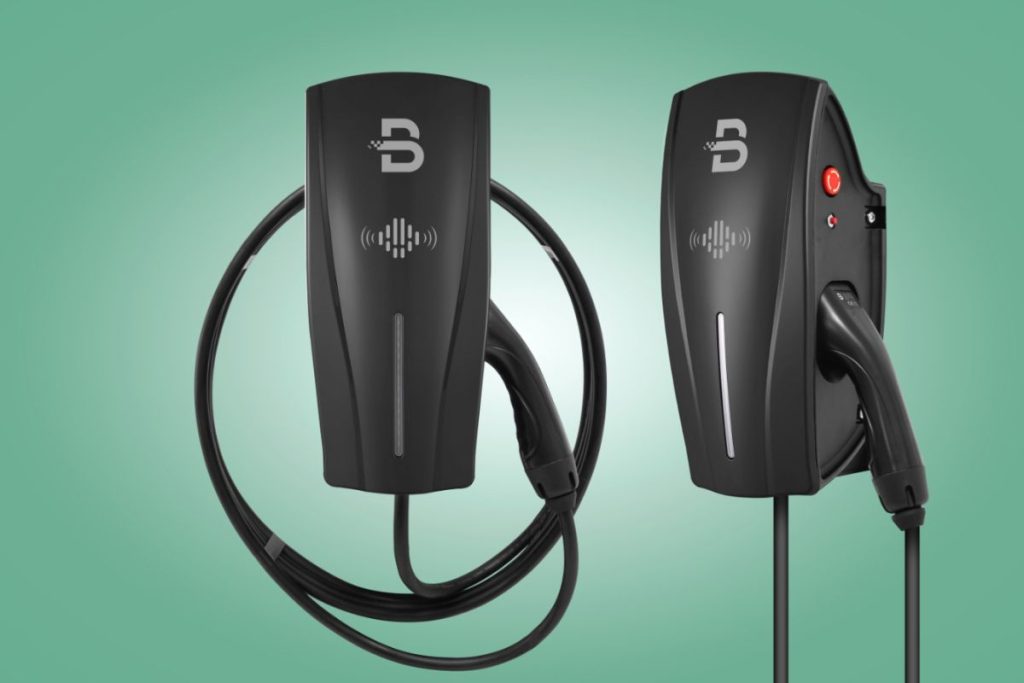Commercial EV Charging Solutions
Commercial AC and DC Charging Solutions
Conneely Energy has focused on smaller DC chargers as not every commercial premises has the necessary power supply and charging infrastructure for larger DC chargers of 50kW and above. The 30kW DC charger allows the user to charge cars four times faster than a 7kW AC charger. We believe that 30 kW DC chargers are ideal for smaller hotels, car show rooms and work places.
Commercial DC Charging Speeds
There is a vast difference in the speed between how fast AC and DC charging stations can fill your battery, and in how they do so.
AC chargers offer a steady flow of electricity which brings the battery up to 100% charge at a constant, if slower pace.
DC charging stations will offer a far more rapid flow of power at first, but this slows down as the battery approaches capacity.
This is why most rapid charging stations will speak about how quickly they can reach 80% capacity, as the charge slows to a trickle after this point.
Below are the AC and DC chargers we provide.
Difference between AC and DC Power
AC (Alternating Current)
AC electricity regularly changes direction many times a second, which is the kind of power that comes from the power plant to homes and businesses. It is the most common form of electrical power used in residential and commercial settings. AC charging is the most common charging method for EVs with a plug whereby the power gets converted from AC to DC inside the vehicle.
DC (Direct Current)
DC electricity maintains a constant flow in one direction and is the type of power that comes from a battery. In DC charging, power is converted from AC to DC in the charger itself, before entering your vehicle. This allows for much faster charging and is the charger method used in our Fast/Rapid and High Power chargers.
Charger Type | Charge Time | Battery Level |
7kW AC Charger | 6 – 8 hours | 100% |
22kW AC Charger | 4 – 6 hours | 100% |
50kW DC Charger | ~30 mins | 80% |
≥ 150kW DC Charger | ~5 – 10 mins | 80% |
Why a Fast 30kW DC Charger can be better that a 100kW Rapid Charger for workplace and destination charging?
The suitability of a 30 kW DC charger versus a 100 kW rapid charger depends on several factors. In some situations, a 30kW DC charger may be better than a 100 kW rapid charger. Here are some reasons why this might be the case:
- Electrical Infrastructure:: Installing a 100kW rapid charger typically requires a substantial electrical infrastructure upgrade, whereas a 30 kW charger may be able to run from your existing three-phase supply.
- Compatibility: Some electric vehicles (EVs) have onboard chargers that cannot fully utilise a 100 kW charging rate. If you have an EV with a lower onboard charging capacity, a 30 kW charger may be sufficient, and paying for a 100 kW charger might not provide tangible benefits.
- Battery Health: Charging at lower power levels, such as 20kW or 30kW, can be gentler on the battery, potentially extending its lifespan compared to charging at higher power levels like 100kW+. If you plan to keep your EV for long, preserving the battery should be a priority.
- Grid Demand: Charging at a lower power level puts less strain on the electrical grid. This can be beneficial if you are concerned about peak demand charges or grid stability.
- Charging Time Flexibility: If you don’t require rapid charging and have the flexibility to charge your EV over a longer period, a 30 kW charger can still provide adequate charging speed for most daily needs.



